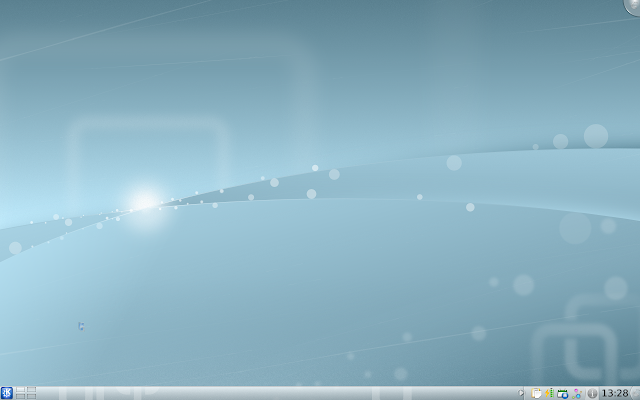Slackware Linux 13.1

Anyone with a significant interest in Linux distributions knows about Slackware Linux, so I'm not going to spend a lot of time talking about what it is, where it came from, how it has survived (and generally thrived) through all these years. You could easily write a book about it - hmmm, perhaps there is one, and I just don't know it? I would summarize the whole thing with two statements. First, the oldest Slackware CD I own is from sometime in the early '90's, and second, if you are serious about learning Linux, really learning how it works, how to install, configure, manage and customize it, then Slackware is one of the distributions you should be working with.
The latest stable release, 13.1, came out at the end of May - I'm a bit ashamed to say that it has taken me this long to get around to installing it. It is (of course) available in 32- and 64-bit versions, on an ISO DVD or 6 ISO CDs. Details of buying or downloading the distribution can be found on the Get Slack page. When a new release first comes out it is generally available for download only via BitTorrent, but once the initial flood of downloads has passed, it can be directly downloaded from mirrors all over the world (which is the case at the present time).
The Slackware installer will appear "primitive" to those who are accustomed to the spiffy GUI installers that most of the popular distributions use. This is not a distribution for beginners, and if the text/curses based installed puts you off, or intimidates you, then you should probably stop immediately and try a different distribution. In fact the procedure itself is clear and easy to follow, and in the simplest cases will consist of not much more than pressing Return to accept the default choices. There are more choices and options than most other distributions offer, particularly in giving you extensive control over which packages are installed and which are not.
Assuming that you accept all the defaults, which installs just about "everything", when the installation finishes and you reboot... you might be in for another surprise. It comes up to a plain old text-only "login: " prompt. If you want X-Windows running by default, with a GUI login, you have to edit /etc/inittab and change the initdefault to 4 rather than 3. Reboot, and you will get the KDE desktop manager login; once you login to that, you get a very standard KDE 4.4.3 desktop:

The fun doesn't stop there, though. Go back to the login screen, click the list button at the bottom left of the login window, and you begin to see the advantage of having accepted the defaults on installation, and thus installed almost everything... You can now choose your session type from KDE, Xfce, Fluxbox, Blackbox, FVWM, TWM and more. As I said, if you want to learn about Linux, this is an excellent distribution to use.
jw 24/6/2010